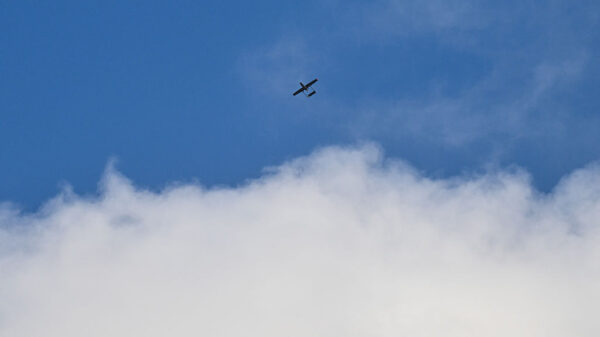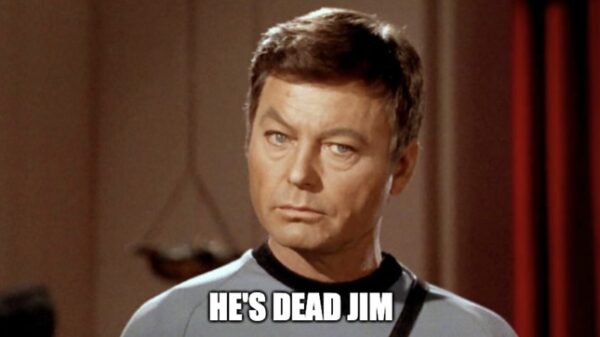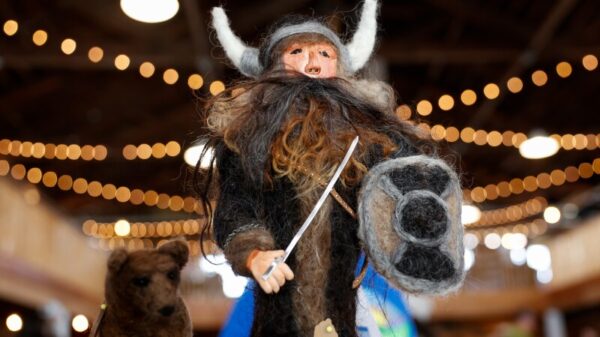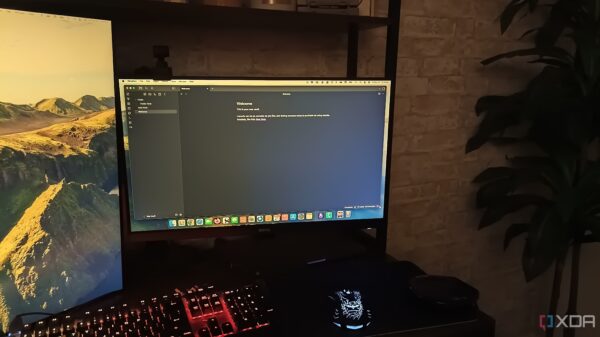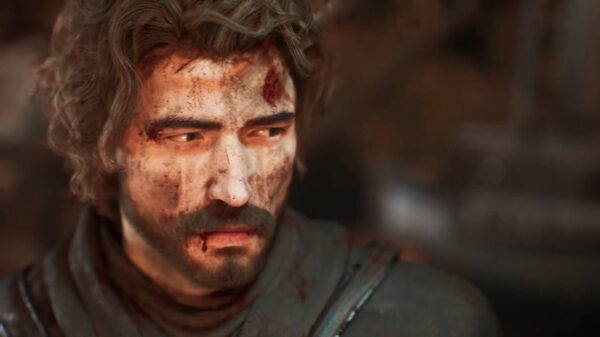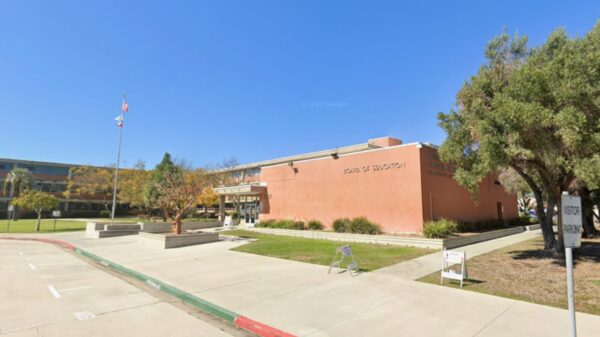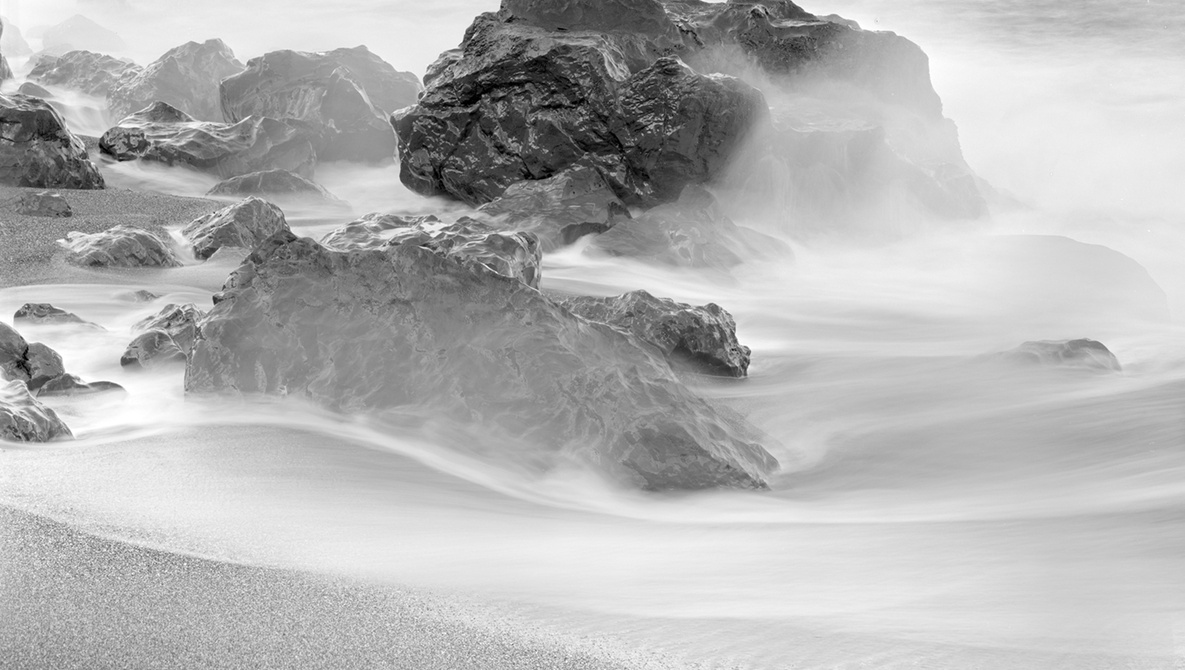Photography is not just about capturing moments; it is an art form that requires a keen understanding of how to guide a viewer’s gaze. Nathan McCreery, a commercial and fine art photographer based in New Mexico, emphasizes the importance of controlling where the viewer’s eyes are directed within an image. This involves enhancing certain areas of the photo while minimizing distractions that could divert attention from the intended subject.
In the realm of photography, visual artists often face the challenge of unwanted elements in both the background and foreground. McCreery notes that pre-digital photography demanded meticulous scene preparation, as it was difficult to edit out undesired elements after exposure. Before the advent of advanced digital tools, photographers would spend hours retouching prints to remove distractions. Today, software such as Photoshop allows for more efficient image manipulation.
To effectively draw the viewer’s attention, there are several techniques that photographers can employ. Lightness, brightness, contrast, and focus play crucial roles in guiding the eye. For instance, elements that are lighter or in sharper focus naturally attract more attention. In color photography, understanding color visibility is equally important, as different hues can evoke varying responses from viewers.
McCreery illustrates his methods through a specific example involving a photograph of a dramatic cloud formation. He explains that by manipulating contrast, he enhanced the visibility of the cloud while subduing the ground beneath it. This was achieved by increasing overall contrast and carefully adjusting areas of light and shadow, ensuring that the viewer’s eye is drawn upward to the cloud.
Another key aspect of directing the viewer’s gaze is the use of depth of field. A wide aperture can limit depth of field, creating a blurred background that isolates the subject. McCreery recalls a moment in northern Colorado when he captured a cow elk and her calf. Despite the predominantly white field, the animals stood out due to their contrasting forms. This photograph, made with a Canon F-1 and a 200mm f/2.8 lens, exemplifies how limiting depth of field can enhance subject prominence.
As technology evolves, so do the tools available to photographers. McCreery mentions the introduction of a new tool in Photoshop called Neural, which aids in isolating subjects by enhancing focus and blur. In previous years, such adjustments would require physical techniques, like using netting in the darkroom to create background blur.
Ultimately, McCreery’s goal as a visual artist is to effectively communicate his vision to viewers, whether they are gallery patrons or online audiences. With more than 40 years of experience, he hopes to share his knowledge and techniques with aspiring photographers, helping them navigate the complexities of visual storytelling.
As he continues to create stunning images of the American West and beyond, McCreery expresses a desire to further refine his craft, hoping for another 40 years of exploration and creativity in photography.






